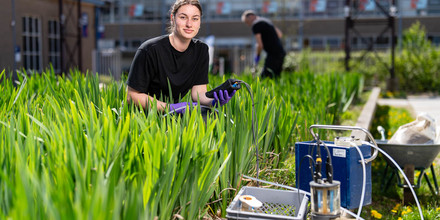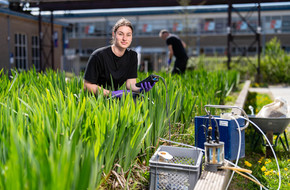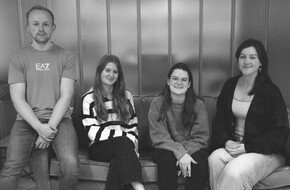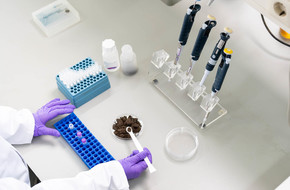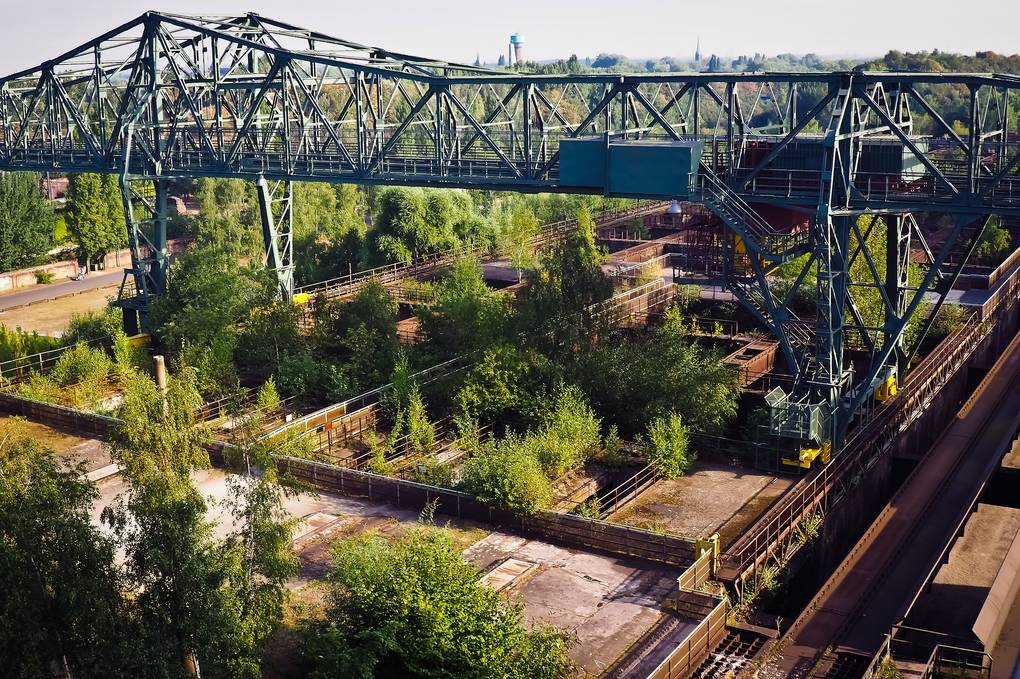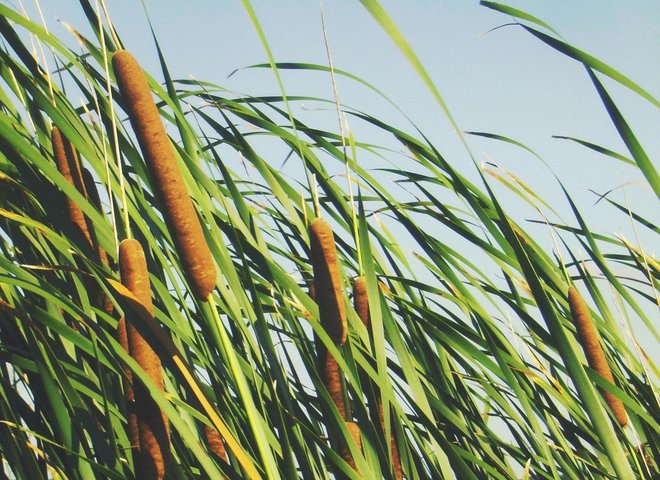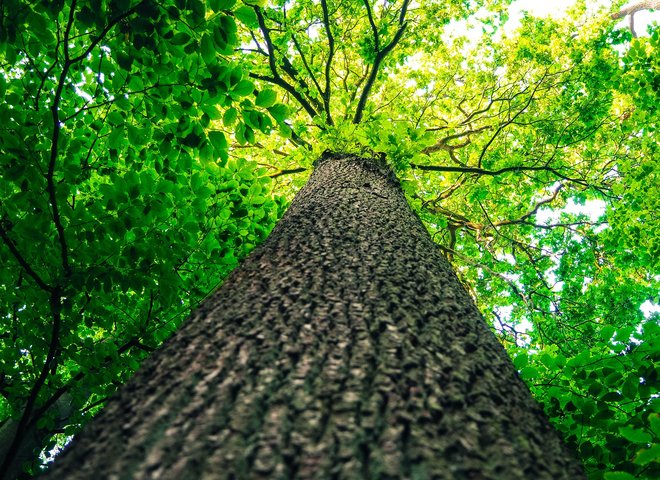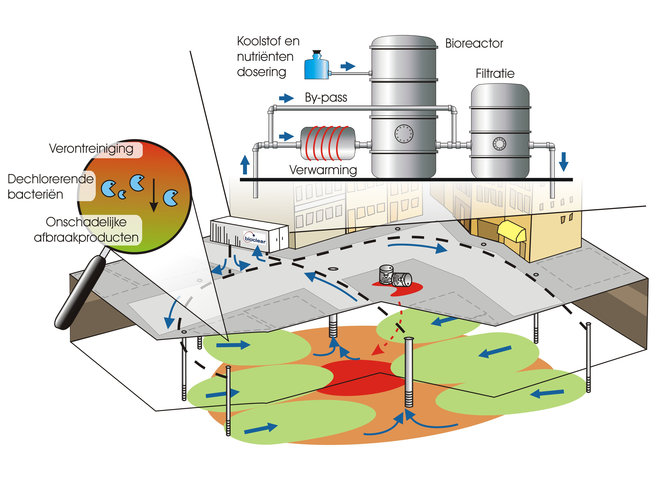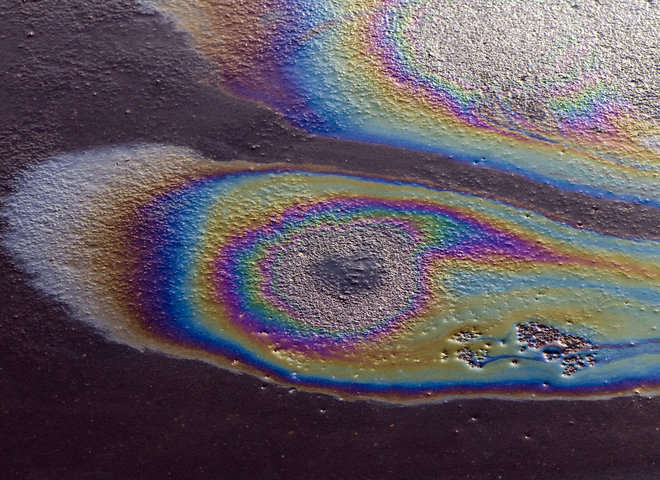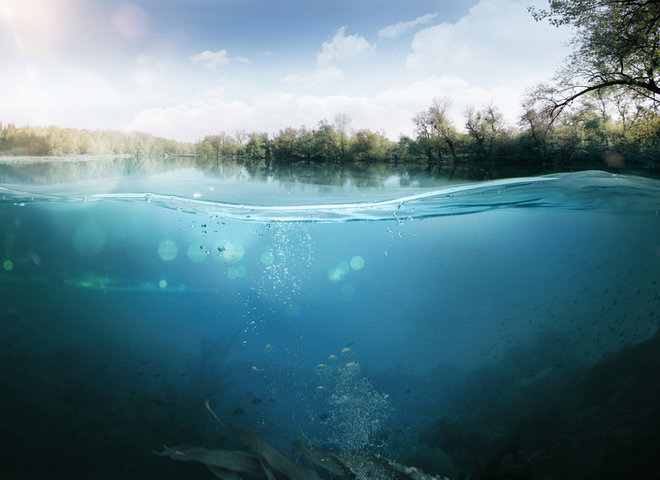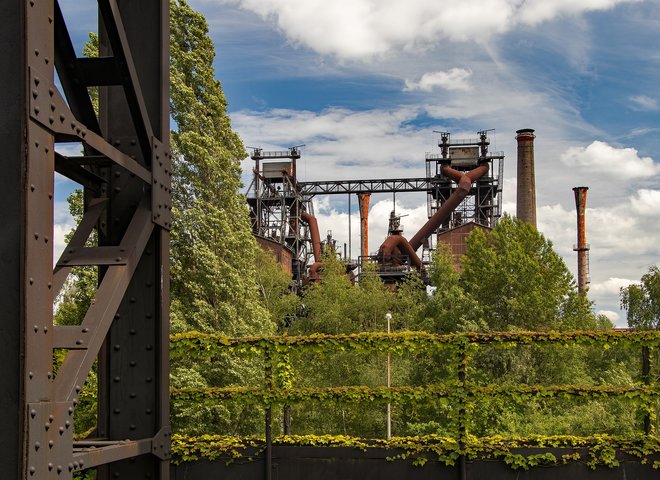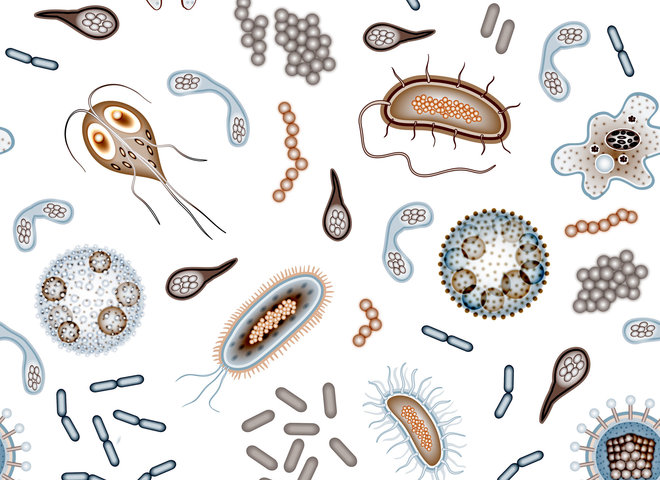Industrial Nature
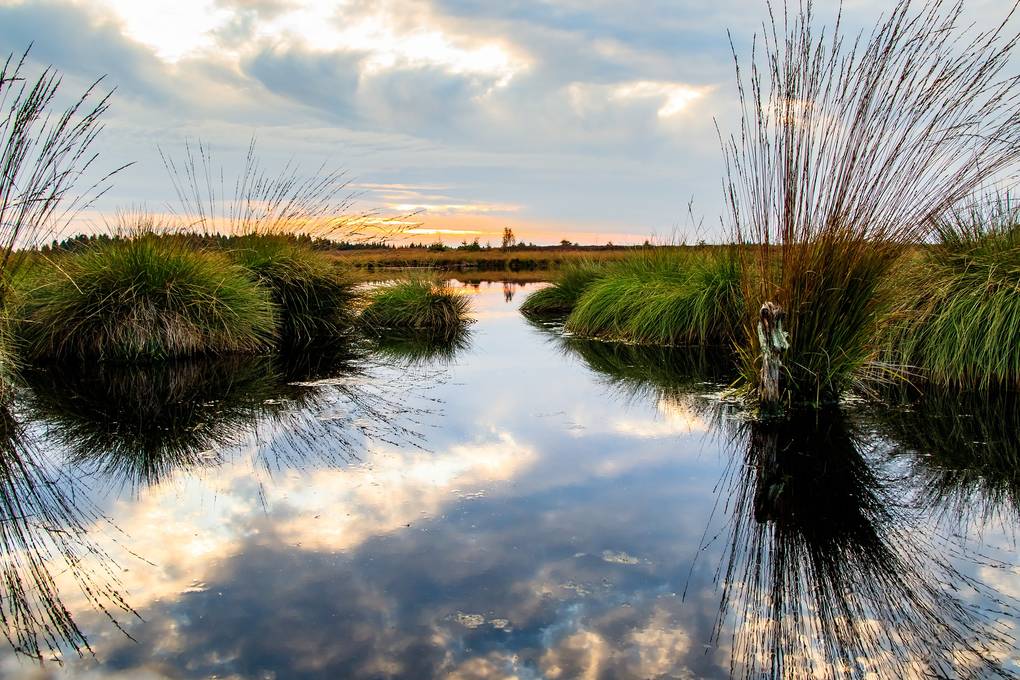
Officially the term Industrial Nature refers to the regeneration of natural vegetation on former industrial sites. The concept of Industrial Nature was developed in the German Ruhr region in the late 1980s. As a result of a largely disappearing mining industry, the regional government of Nordrhein-Westfalen was confronted with an enormous challenge: how do we handle 800 km2 abandoned and polluted industrial terrain?
To solve this problem a new concept was developed, called “Industrial Nature”. The polluted industrial sites were transformed into a green and modern urban area, giving the area an enormous ecological, economical, social and cultural stimulus. This area is now known as “the Emscher Park”. Over the years the Emscher Park has become very interesting ecologically, because the (partly planted) vegetation and animals present in the area have adapted to the difficult circumstances.
Particular and mostly rare, plants and animals prefer the restrained conditions of the former industrial wastelands. In the old mines, coke ovens and blast furnaces, nature has developed into a green oasis with trees and plants like, Robinia, Canadian goldenrod, Chinese butterfly bush and St. John’s wort. Furthermore birds, wild bees, dragonflies and frogs like to stay in the area. The abandoned shunting and collection station has even evolved into a location with the highest biodiversity in the Ruhr district.


